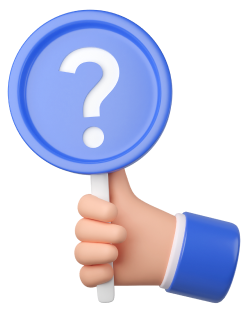





 Community Forex Questions
Community Forex Questions
What is web2?
Web2, also known as the second generation of the World Wide Web, refers to the evolution of the internet from a collection of static web pages to a more dynamic and interactive experience. Web2 emerged in the early 2000s and was characterized by the rise of social media, user-generated content, and cloud-based applications.
One of the defining features of Web2 is the ability for users to participate in the creation and sharing of content, rather than simply consuming it. Social media platforms like Facebook and Twitter enabled users to connect with each other and share information in real-time, while platforms like YouTube and Wikipedia allowed for the creation and sharing of multimedia content and collaborative knowledge-building.
Web2 also saw the rise of cloud computing, which allowed for the delivery of on-demand computing resources over the internet. This led to the development of web-based applications and services that could be accessed from anywhere, anytime, and from any device.
Today, the term Web2 is not as commonly used, as we continue to see new advancements and innovations in the way we use and interact with the internet. The emergence of Web3 and the decentralized web is the next step in the evolution of the internet, which promises to deliver more privacy, security, and ownership of data to users.
One of the defining features of Web2 is the ability for users to participate in the creation and sharing of content, rather than simply consuming it. Social media platforms like Facebook and Twitter enabled users to connect with each other and share information in real-time, while platforms like YouTube and Wikipedia allowed for the creation and sharing of multimedia content and collaborative knowledge-building.
Web2 also saw the rise of cloud computing, which allowed for the delivery of on-demand computing resources over the internet. This led to the development of web-based applications and services that could be accessed from anywhere, anytime, and from any device.
Today, the term Web2 is not as commonly used, as we continue to see new advancements and innovations in the way we use and interact with the internet. The emergence of Web3 and the decentralized web is the next step in the evolution of the internet, which promises to deliver more privacy, security, and ownership of data to users.
Web2, or Web 2.0, refers to the second generation of the internet, characterised by interactive, user-generated content and social media platforms. Unlike the static, read-only websites of Web1, Web2 enables collaboration, sharing, and dynamic content through platforms like Facebook, YouTube, Wikipedia, and blogs.
Key features of Web2 include:
User participation (comments, likes, shares)
Rich web applications (Google Docs, Twitter)
Social networking (Facebook, LinkedIn)
Cloud computing (hosting services like AWS)
Web2 revolutionized the internet by making it more engaging and accessible, but it also led to centralization, with tech giants controlling data and platforms. This limitation has spurred the development of Web3, which aims for decentralization using blockchain technology. Web2 remains the dominant internet model today.
Key features of Web2 include:
User participation (comments, likes, shares)
Rich web applications (Google Docs, Twitter)
Social networking (Facebook, LinkedIn)
Cloud computing (hosting services like AWS)
Web2 revolutionized the internet by making it more engaging and accessible, but it also led to centralization, with tech giants controlling data and platforms. This limitation has spurred the development of Web3, which aims for decentralization using blockchain technology. Web2 remains the dominant internet model today.

Apr 25, 2023 03:03